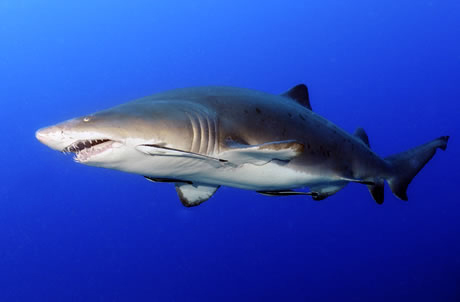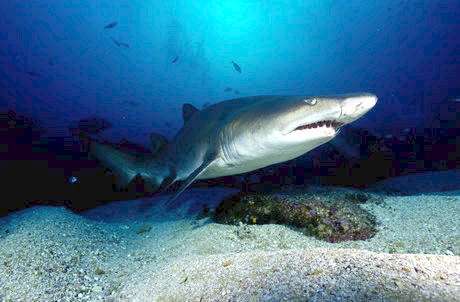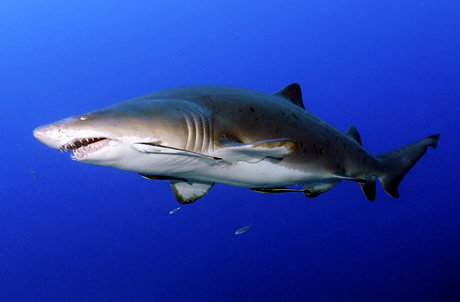Join our hands to conserve nature!
Carcharias taurus
Grey Nurse Shark, Sand Tiger Shark, Dogfish Shark
Up to around 3.2 m
95-110 kg
Coastal waters of temperate and tropical regions in the western Pacific, Indian and Atlantic Oceans


















